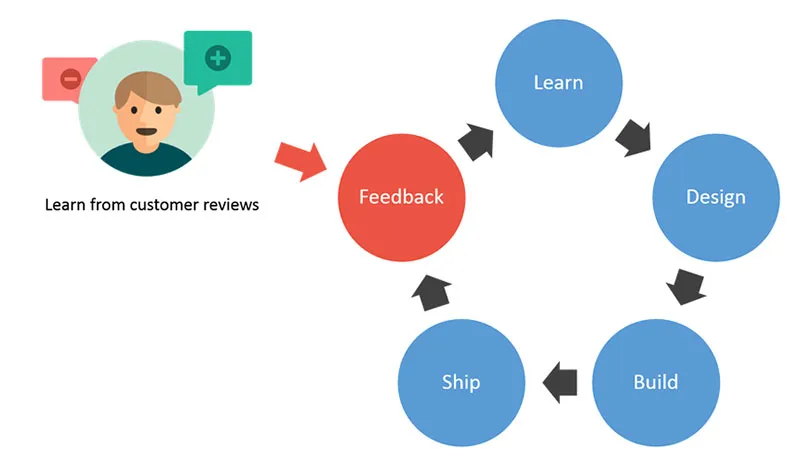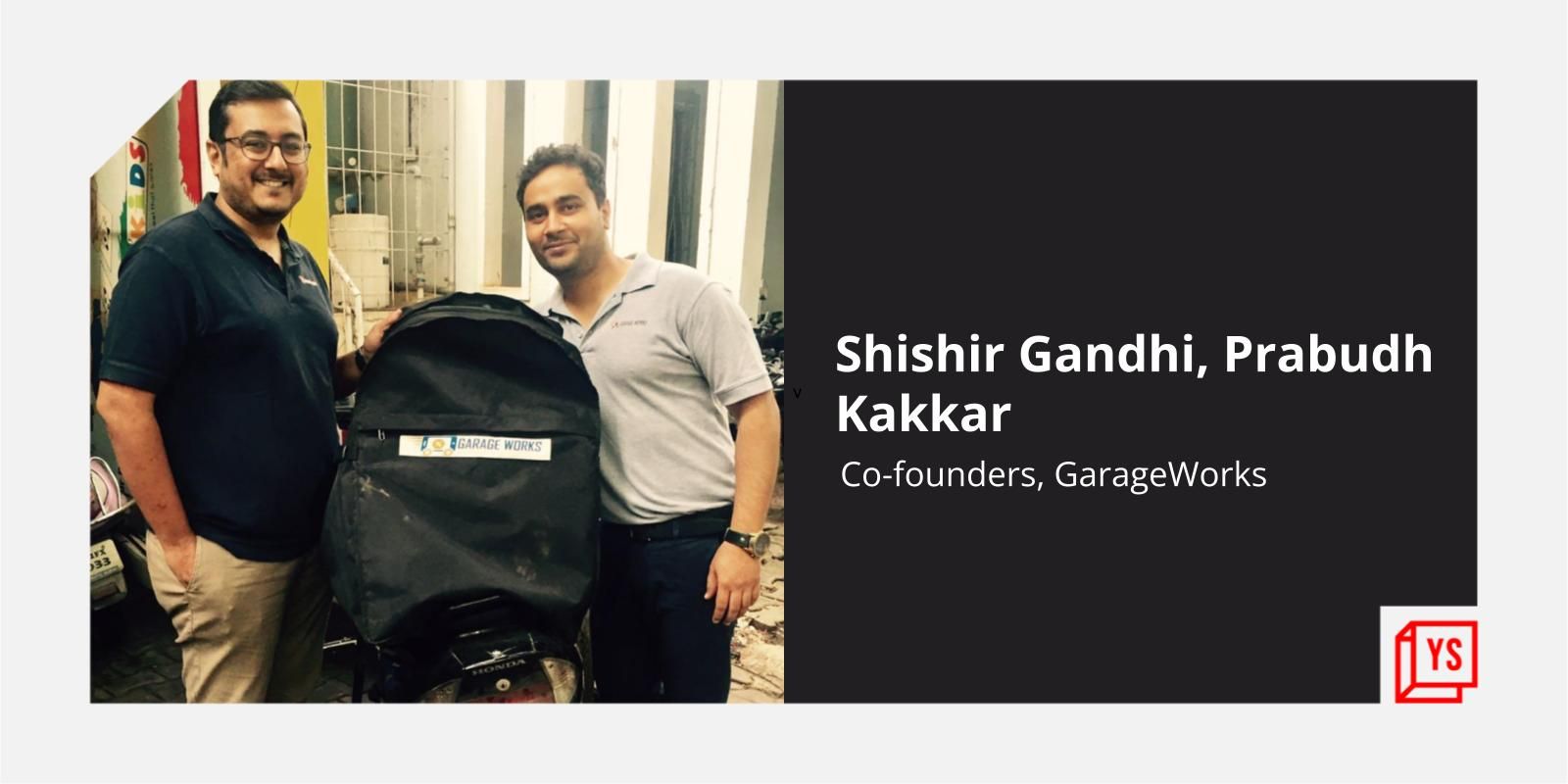5 steps to building a startup
Building a startup is an exciting affair. I’ve been on the entrepreneurial road for the past three years and it has given me a fair amount of knowledge on how to build a startup. Here are the five definitive steps that will help in building your first startup.

Step 1: Articulate your idea
Describe your idea to yourself. A great way would be to begin by answering these questions:
- What is the problem you want to solve?
- Who experiences that problem?
- How do you want to solve that problem?
For example:
“I want to solve the problem of food storage in the developing countries; nearly 40 percent of their harvest rots. This problem is experienced by people in rural areas, where food storage infrastructure doesn’t exist. I want to solve that problem by providing village-scale food storage shelters that would give every village a way to store their harvest and protect it from rain and pests.”
Step 2: Define: Who is your customer?
You will have to define whom this startup is aimed at. Understanding your customers is the key to building products that your customers need. Your customers are the ones,
- who have similar needs.
- to whom you could deliver your solution at a similar cost.
- who would buy it at a similar price.
Define your customer’s persona
A customer persona is a generalised perception about your customer. Here are some questions which will help you define your customers better:
- What is their age group?
- What is their gender?
- What is their occupation?
- What are the pains that keep them awake at night?
- Where do they live? (city, suburbs, village etc.)
- How strong is their financial background?
I recommend following this course on EDX: Entrepreneurship 101: Who is your customer?
Step 3: Avoid competition
Nothing is more lethal than a startup competing with an established player. Think about the numerous startups in e-commerce that have failed, all because they were competing against the incumbents like Flipkart, Amazon, and Snapdeal.
However, if you still wish to compete with them, make sure that your product is at least 10 times better. Think of Apple iPod vs. every generic MP3 player. Why did Apple win?
Step 4: Go for monopoly
Monopolies are highly disregarded in our society. Our societies make them look evil because they can control the price and the product availability. However, in the startup world, monopoly is required to sustain. Let me give you a few examples of monopolies, and you figure out why they are still in business.
- Indian Railways
- Google Search
- Microsoft Windows OS for desktop
- Unilever
Step 5: Build your prototype.
Congratulations, you have successfully completed steps 1 to 4. Now it’s time to build your prototype.
A) Start by brainstorming. Throw every idea at the wall, including the crazy ones. At this point, keep your aperture wide open.

Make a list of the people who might benefit from your idea. Narrow down your view and find for whom you want to build.
So you found out what and for whom you want to build. Now build, test, and improve your MVP (Minimum Viable Product). Follow this feedback loop until you find what your customer actually needs.
- Start by designing what you believe (hypothesis). It can be a tissue paper prototype.
- Build what you scribbled on the tissue paper. It can be the first version of your website. Don’t dwell on the features and how your product looks, early adopters don’t mind initial product flaws. However, make sure that your build does solve your customer problem.
- Ship it to your early adopters. This can be done by bringing your early adopters to your office and giving them a first-hand experience.
- Analyse carefully how they are using your product. Look for non-verbal clues; are they confused, annoyed or do they have a smile on their face? At this stage don’t hesitate to ask questions. Their feedback is your goldmine.
- Learn from their feedback. Identify what made them confused or made them say 'wow'. From this learning improve your product and reiterate from Step 1.

In simpler terms, repeat the process, until your early adopters give you a 5-star review.
Recommended reading:












